
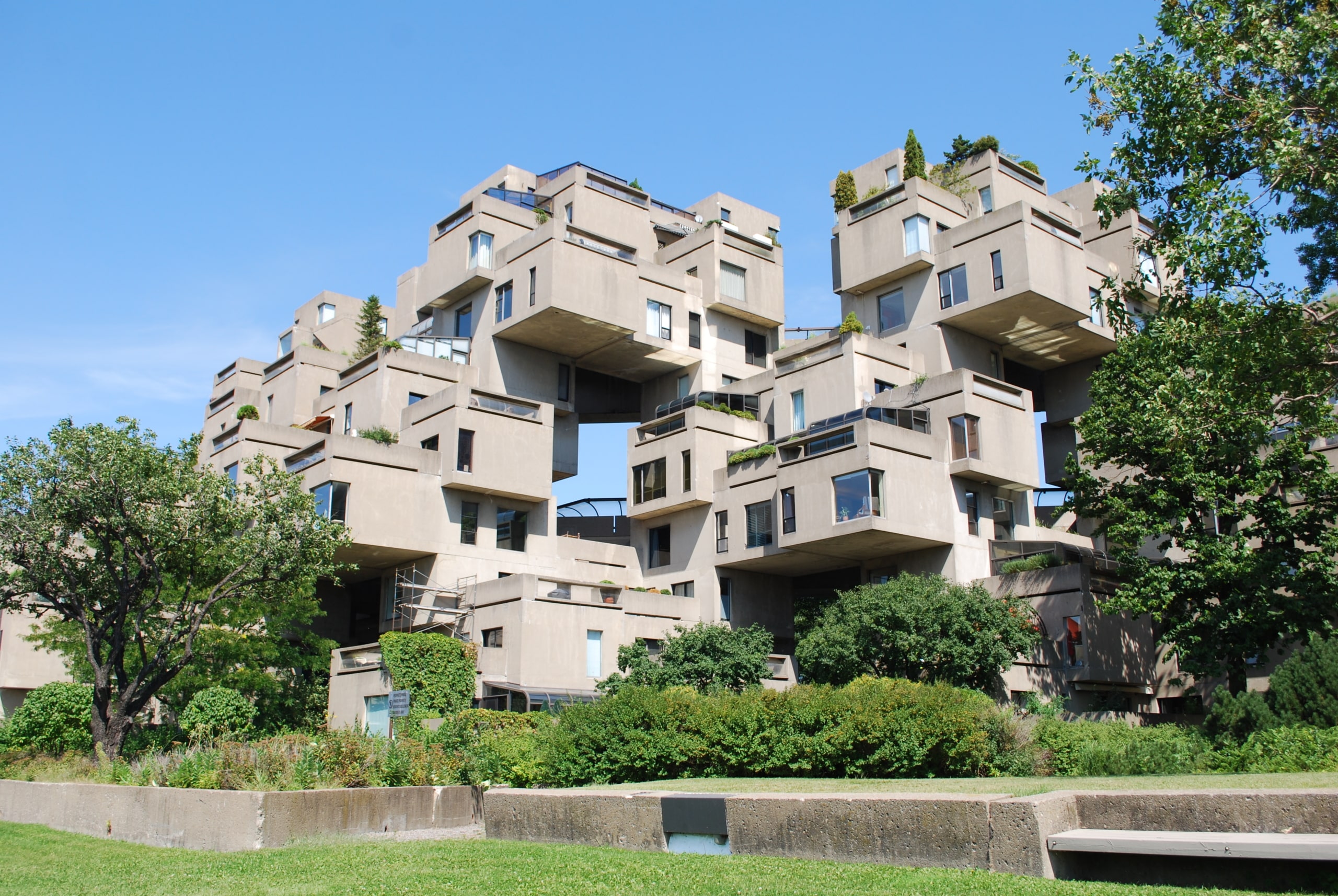
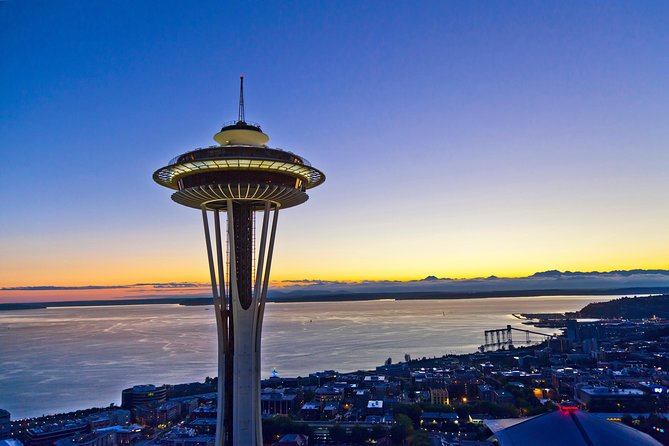
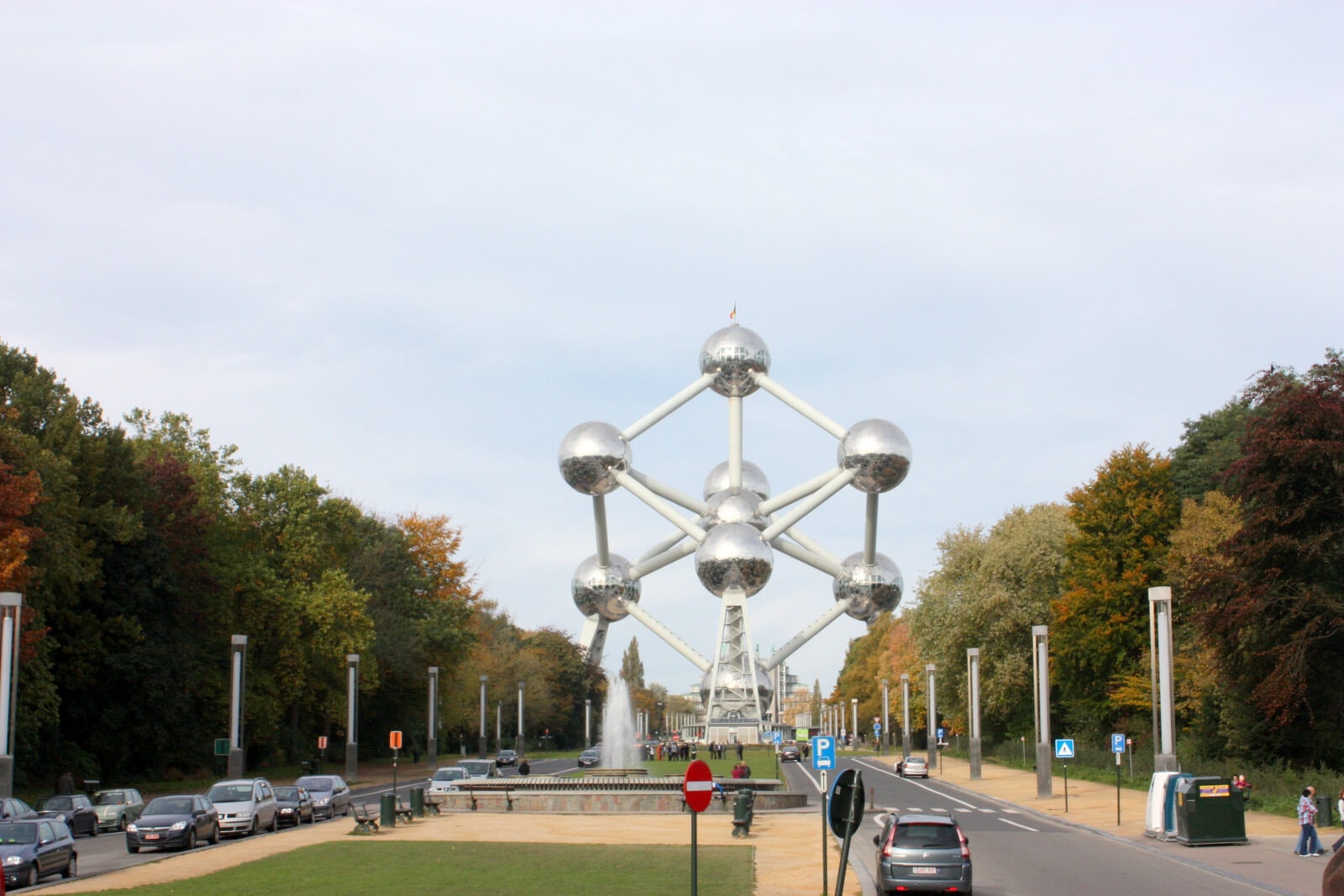
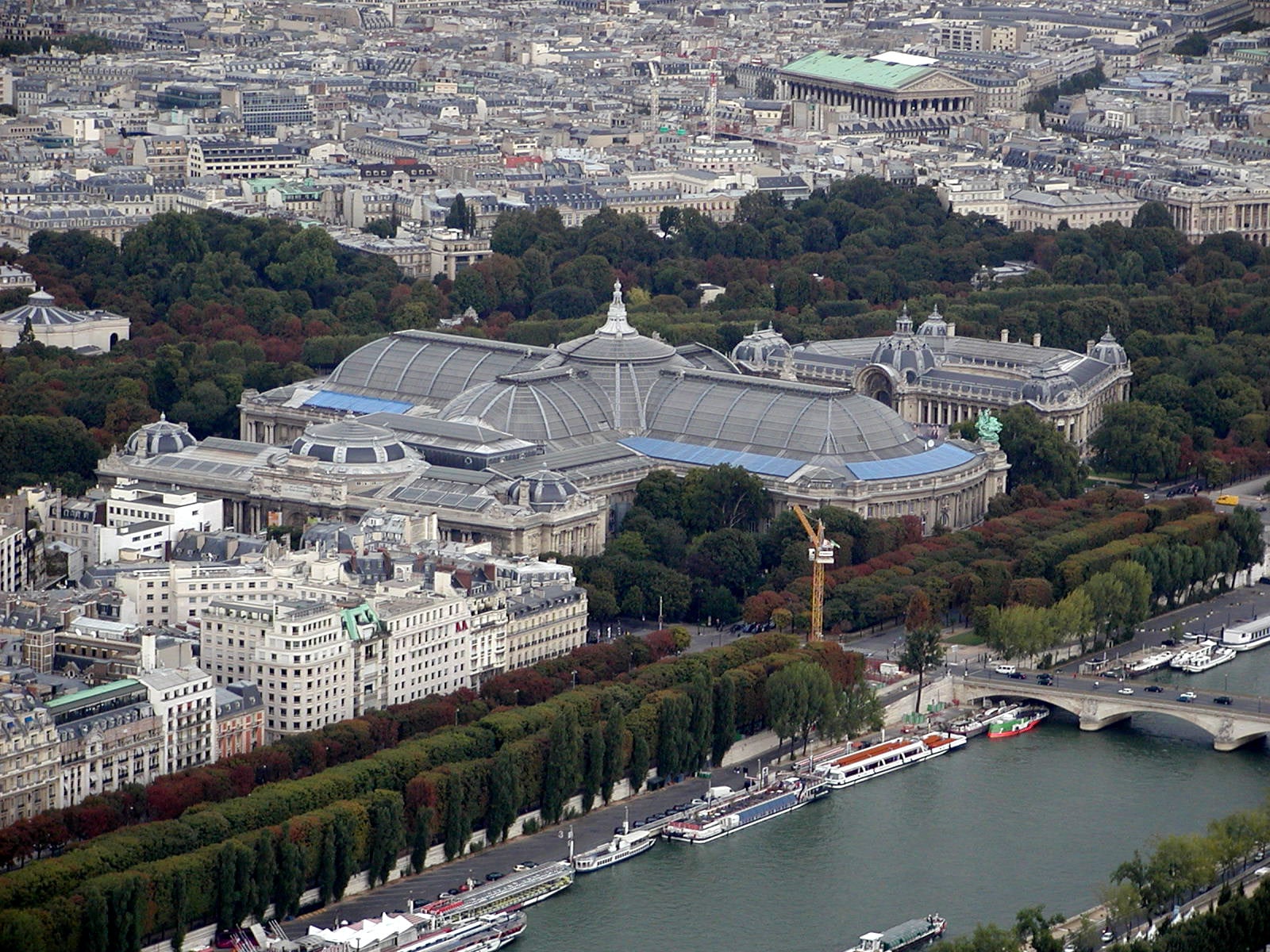
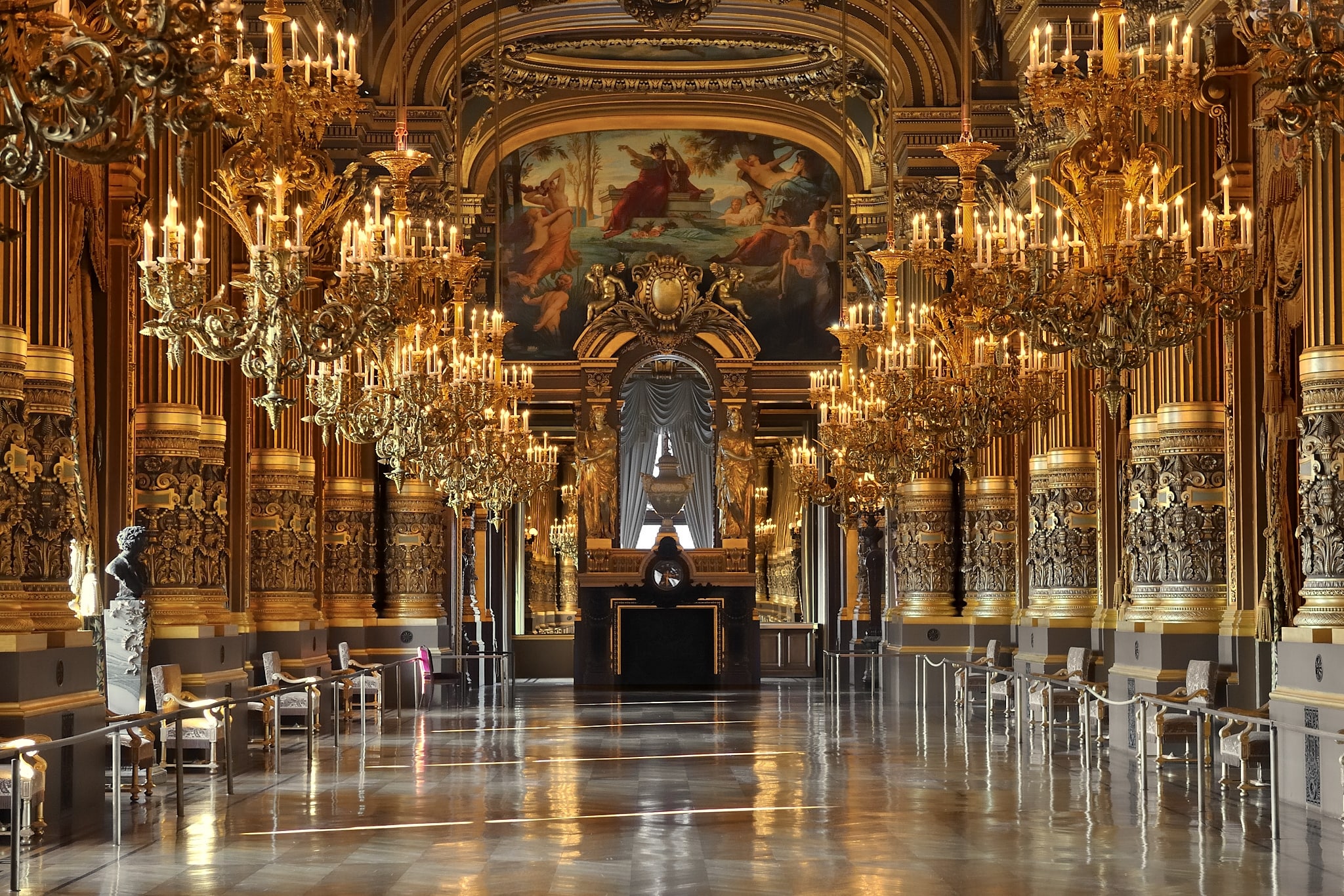
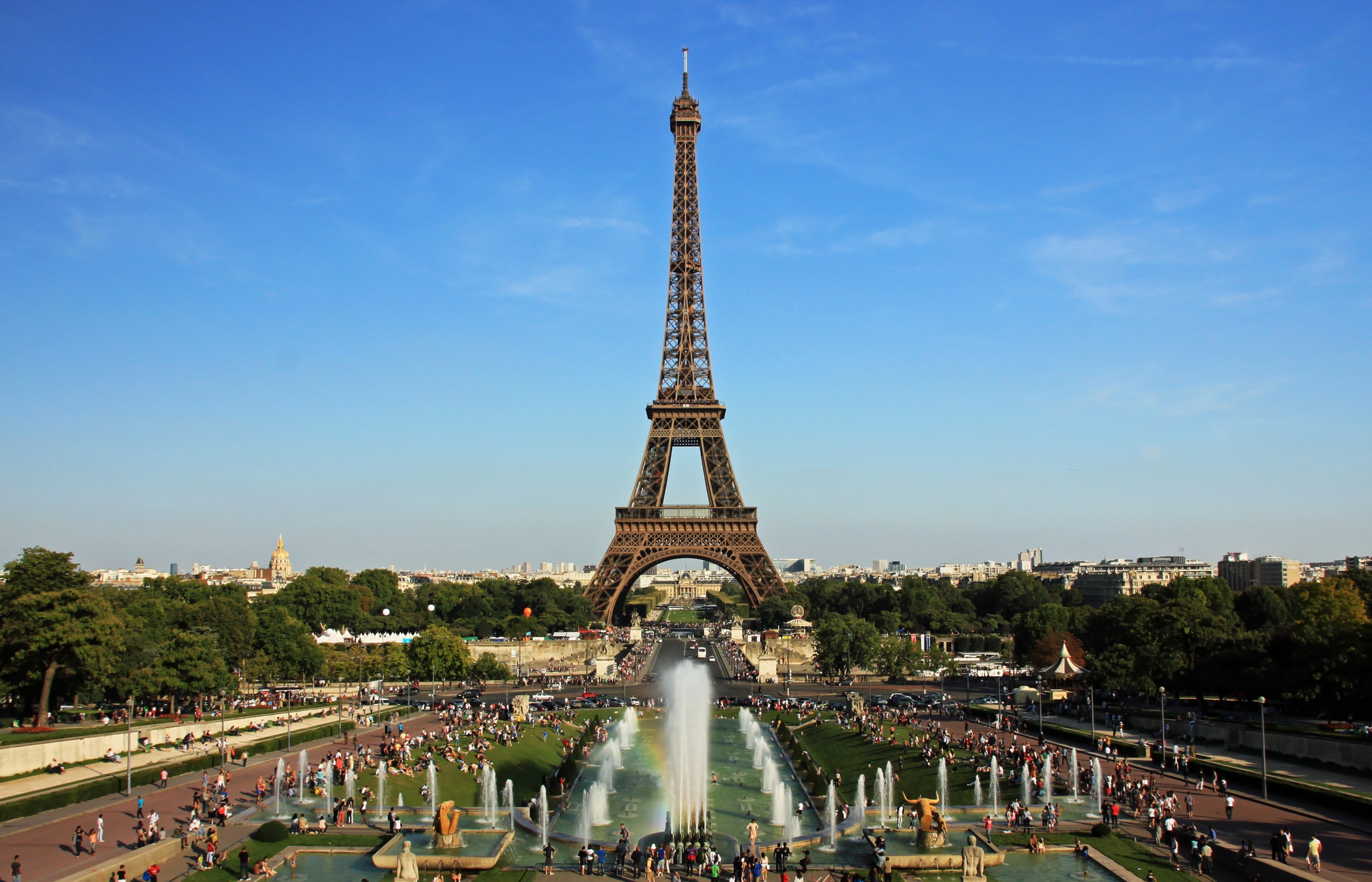
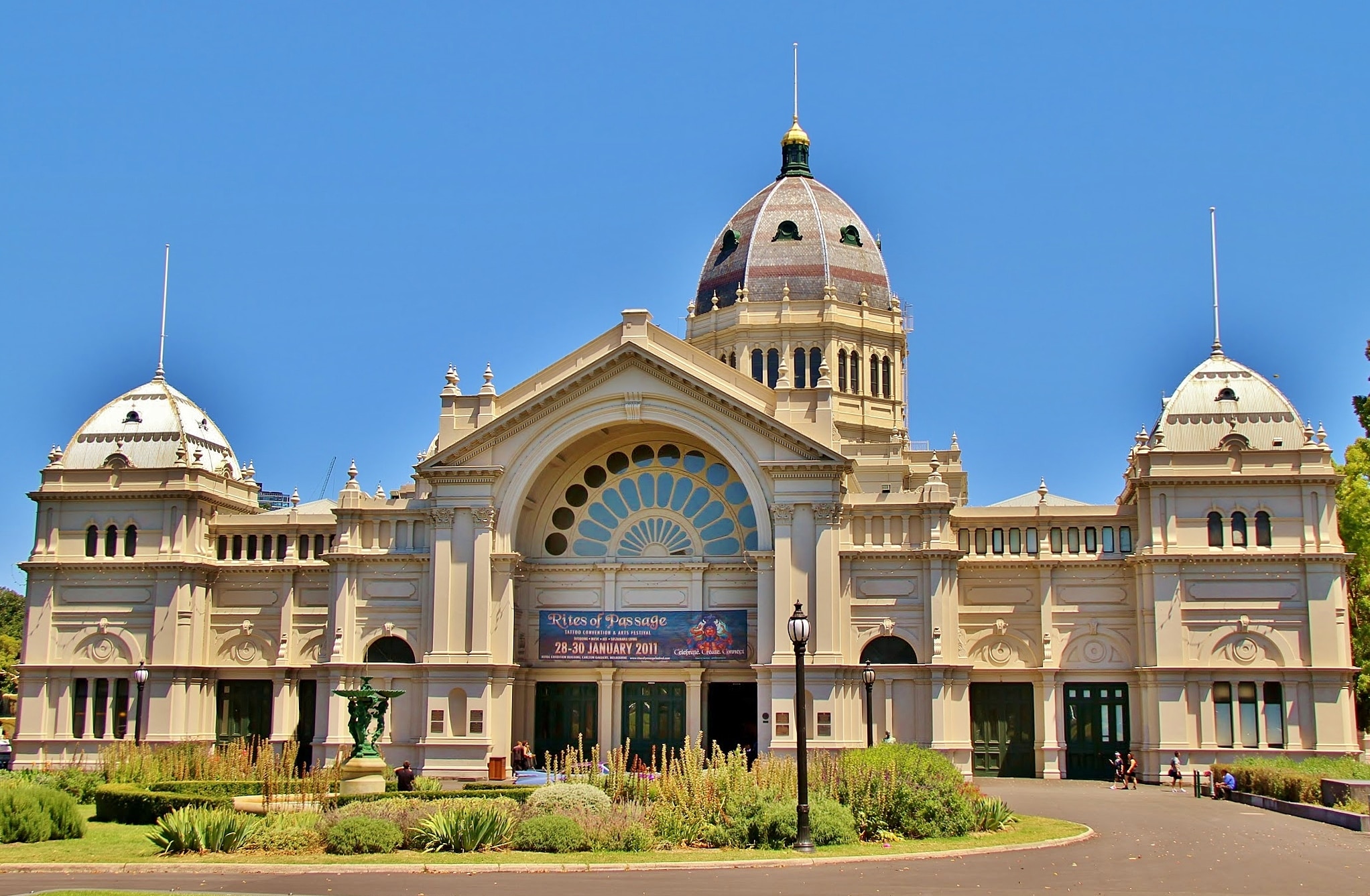
7 Iconic Expo buildings
The Eiffel Tower in Paris, the Atomium in Brussels, and a World Heritage-listed building, all of them the legacy of World Expo. Reflecting its greatness, World Expo has since its start in London 1851 amazed visitors with magnificent buildings.
At that very first fair the Crystal palace was built to house the exhibition. In later years the participating nations spend more and more on their pavilions as an advertising campaign, and national branding, for the world to see, and they become more and more breathtaking.
This architectural heritage is still to be seen around the world. We have listed the seven most astonishing buildings, some of which you might not know were once a part of Expo.
- Habitat 67,
The Canadian pavilion designed by Israeli-Canadian architect Moshe Safdie, built for the 1967 World Expo, is still to be seen in Quebec, Canada. The structure is composed of prefabricated concrete “boxes” stacked on each other in different constellations. It served as the Canadian pavilion during the exhibition, and is today fulfilling its creators vision of high quality housing in dense urban areasLocation: Quebec, Montreal, Canada
Architect: Moshe Safdie
- Space Needle
Designed to mirror the theme of the 1962 World Fair; The Age of Space, this tower well depicts humans’ aim to space and its mysteries. You can visit it and get a panorama view of Seattle.Location: Seattle, USA
Architect: John Graham & Company
- The Palace of Fine Arts
Built to exhibit works of art at the Panama-Pacific International Exposition 1915 this palace does not only come with an astonishing, open rotunda, but also with its own lagoon. It today serves as an exhibition center bookable for venues.
Location: San Francisco, California, USA.
Architect: William Gladstone
- The Atomium
Now serving as a landmark for Brussels the Automium was constructed for the World Fair 1958. It held the, at the time, fastest elevator in the world, a fitting trait to its purpose to symbolize the rushing scientific progress of the time.
Location: Brussels Belgium
Architect: André and Jean Polak
Engineer: André Waterkeyn
- Grand Palais
Listed as a French national heritage this Palace surely is grand. It was built for the World Expo 1900, when electricity was not yet accessible at as big a scale as today, hence the glass ceiling. The palace has survived, and played a big part in two world wars and you can still visit it today.
Location: Paris, France
Architect: Charles Girault, Albert Louvet, Albert-Félix-Théophile Thomas, Henri Deglane
- Eiffel Tower
The today famous landmark in Paris was created for the 1889 World Expo, celebrating the French revolution a century earlier. The tower was the worlds’ largest for 41 years from its construction.
Location: Paris, France.
Architect: Stephen Sauvestre
Structural engineer: Maurice Koechlin, Émile Nouguier
- Royal Exhibition Building
The Royal Exhibition Building in Melbourne is not only a by UNESCO listed world heritage, but the first ever building in Australia to be listed as a world heritage. It was built for the World Expo in 1880 in Melbourne and is still used as an exhibition venue.
Location: Melbourne, Victoria, Australia,
Architect: Joseph Reed








